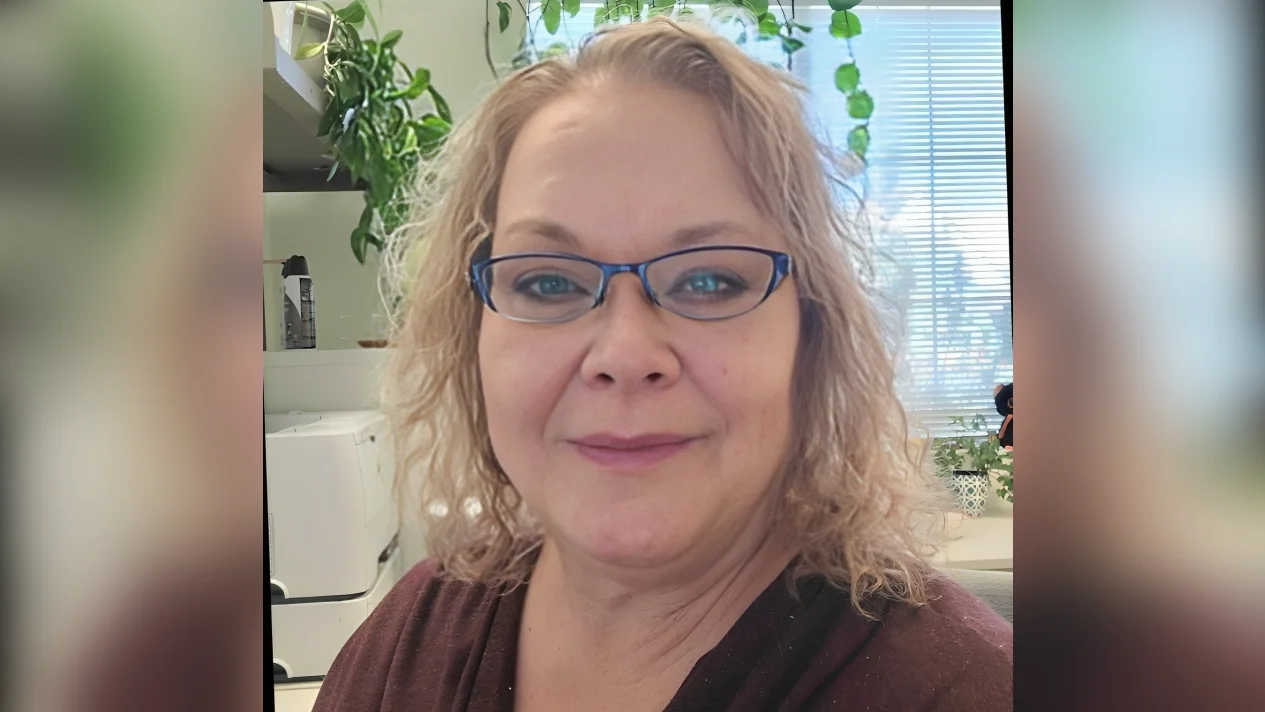In 2010, Nevada was grappling with the repercussions of the 2007 economic recession. Unemployment had soared to 14.5%, prompting then-Governor Brian Sandoval to seek strategies for economic improvement. Recognizing Nevada's dependency on the gaming industry, which in 2008-2009 contributed 27.5% of state revenue through taxes and fees, Sandoval aimed to diversify the state's economy.
Engineering emerged as a crucial element in this diversification effort. Sandoval's plan involved attracting major technology companies such as Tesla, Microsoft, Amazon, and Apple to Nevada. He stated, "Our economic development objectives are to catalyze innovation, execute our plan for tech-based growth and to prepare for [growth] sector acceleration plans."
The diversification extended within the technology sector itself. Nevada became a pioneer by legalizing and regulating autonomous vehicles and facilitating drone testing due to its vast open lands. The establishment of Tesla's giga factory marked a significant technical manufacturing advancement.
Regulation played a vital role in these developments. In Nevada, engineers must be licensed to practice, ensuring public safety by requiring proper education and experience. However, regulations have struggled to keep pace with emerging fields like robotics and nanotechnology.
NVBPELS has adapted by supporting unlicensed specialties within existing laws while continuing its mission to protect the public. This adaptation has also fostered skill transfer among local engineers working in new fields.
The technology boom has brought immediate benefits and long-term opportunities for Nevada's economy. NVBPELS Executive Director Patty Mamola advises engineering students interested in newer specialties like robotics to pursue licensure early in their careers.
As innovation continues rapidly evolving, NVBPELS plans to reassess its processes to accommodate changes in engineering specialties while maintaining rigorous standards for public safety.


